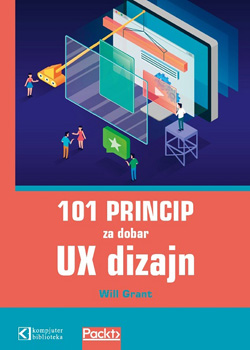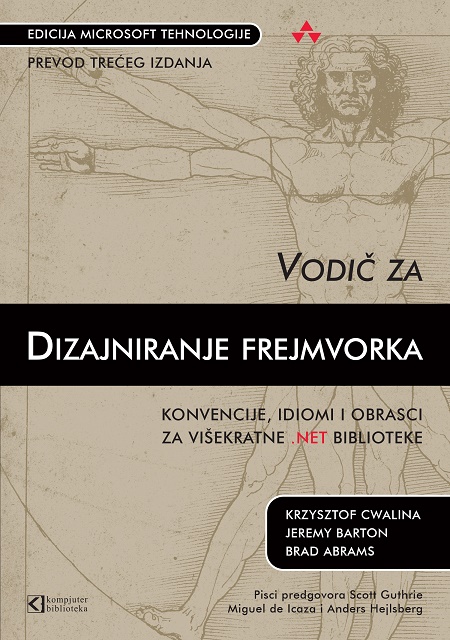

At some point the Intercom team decided to limit the number of characters of their reviews to 140.
“We want to limit the length of a review in the product to 140 characters, because we may want to use SMS at some stage. That’s a small change, right?”
Oh well.
Here are some of the questions, discussions and decisions that had to be made immediately after they received that brief.
It is now accepted business wisdom that good Customer Experience (CX) provides competitive advantage. Let’s look at some long-term benefits of a CX-centric approach. By Jay Nicholl.
For a new employee, the onboarding experience at a new job can set the tone for months or years to come. Especially in design. By Craig Phillips.
The concept of redundancy started in the aircraft industry. Today, many digital and technology products rely on particular redundancies to improve their final user experience. By Juan J. Ramirez.
Understanding Hick’s law means you can design so that more users will visit and stay on your website. By Mads Soegaard.
UX designers struggle to prove the value of their work when arguments like “user experience is hard to measure” start flying around. Here are 3 methods that can help us prove the value of UX. By Matej Latin.
Over the last decade, web performance optimization has been controlled by one indisputable guideline: the best request is no request. How has this concept evolved? By Stefan Baumgartner.
Sharing ideas is part of the design process. Steering the ship and making changes based on customer needs is essential to great design. By Eli Silva Montgomery.
In the first 15 seconds of every new experience, people are lazy, vain, and selfish. This is not intended as cynical jibe at humanity; it is an essential insight for building great products. By Scott Belsky.
Placeholder text can be used as an attribute for almost every HTML input type, and misguided designers and developers don’t hesitate. It is tempting to provide text help for complex forms, or omit input labels to improve aesthetics. However, employing placeholder text to do so causes many usability issues. This article illustrates common bad practices, and proposes alternatives. By Andrew Coyle.
Brought to you by Fabricio Teixeira and Caio Braga.
© Sva prava pridržana, Kompjuter biblioteka, Beograd, Obalskih radnika 4a, Telefon: +381 11 252 0 272 |
||